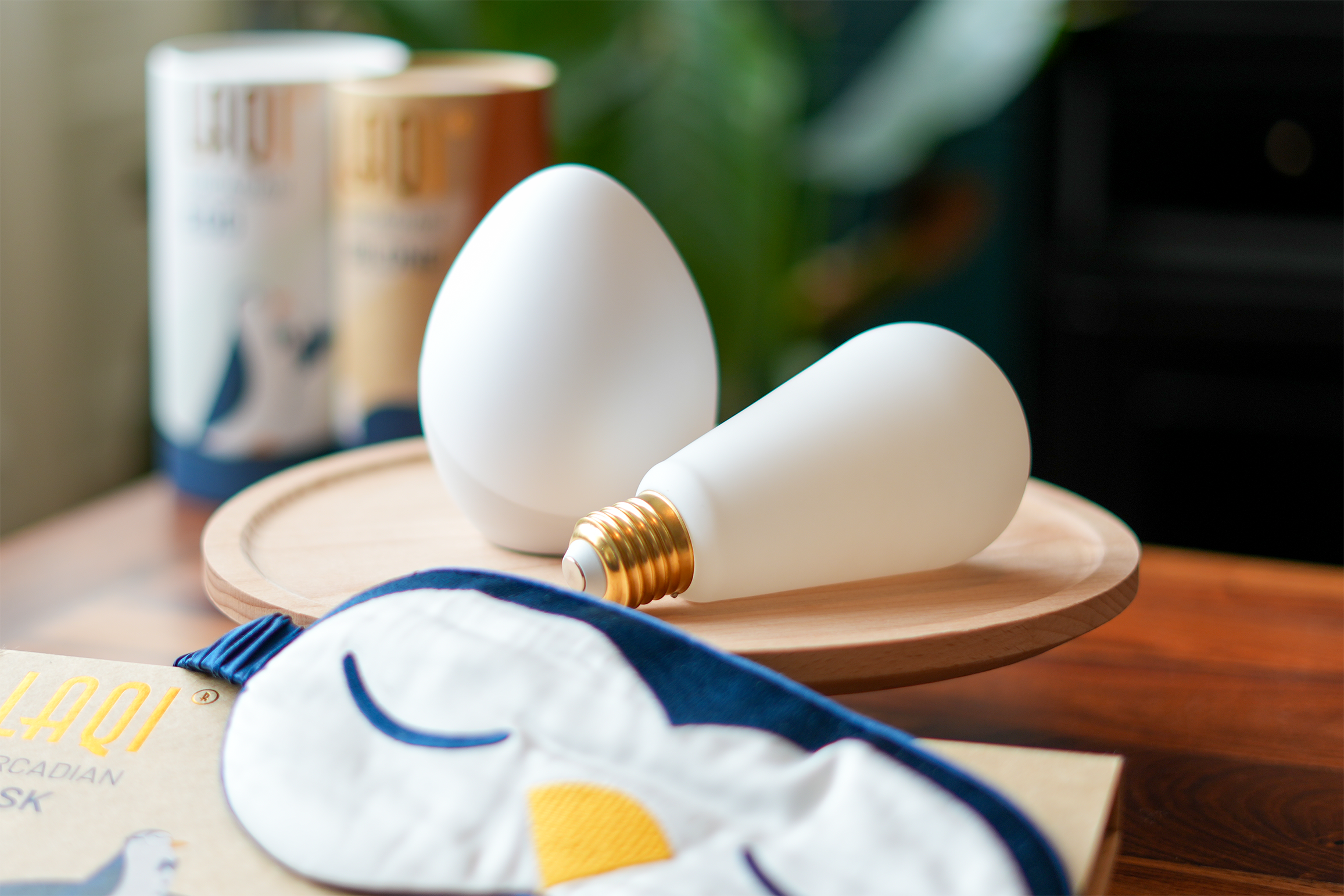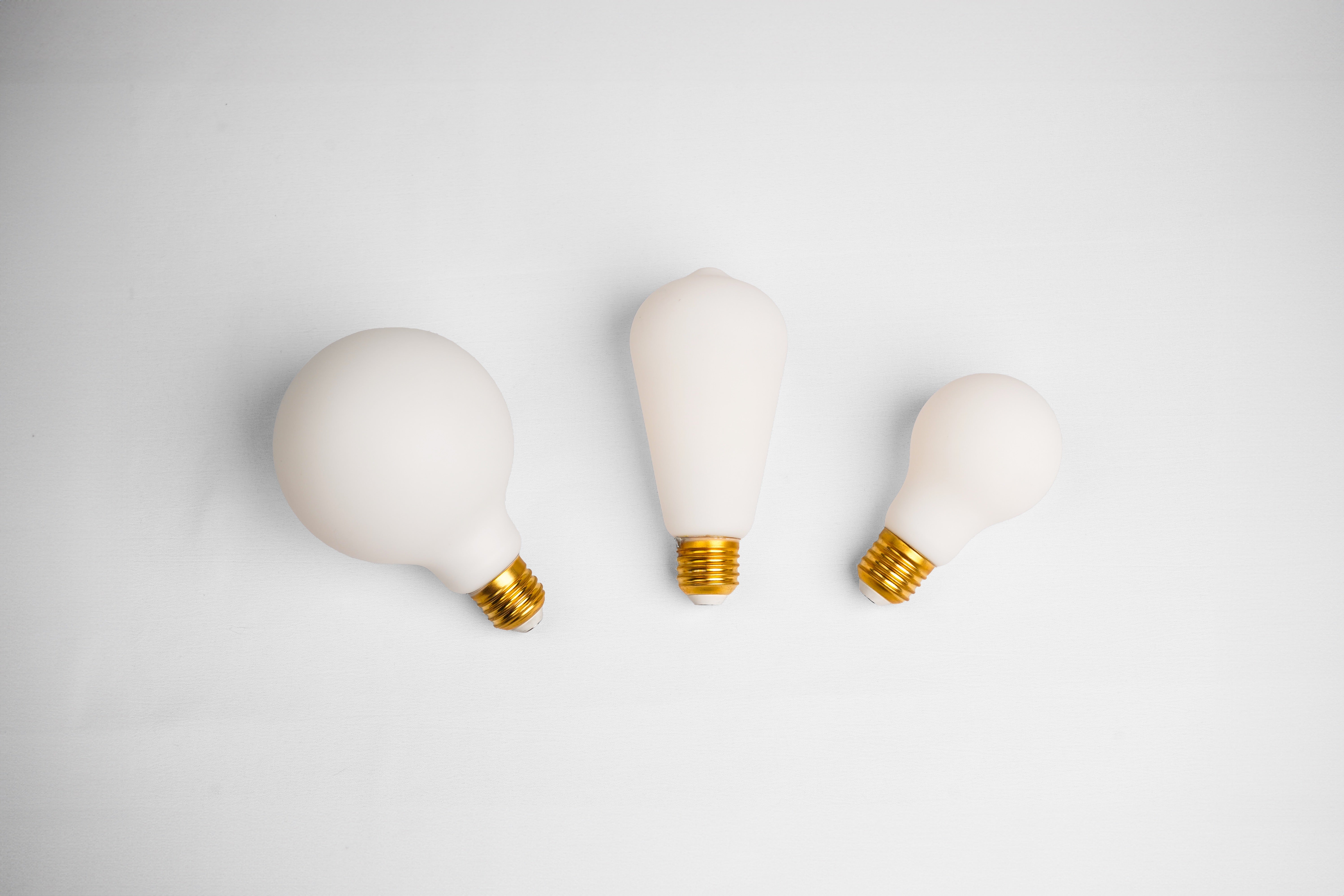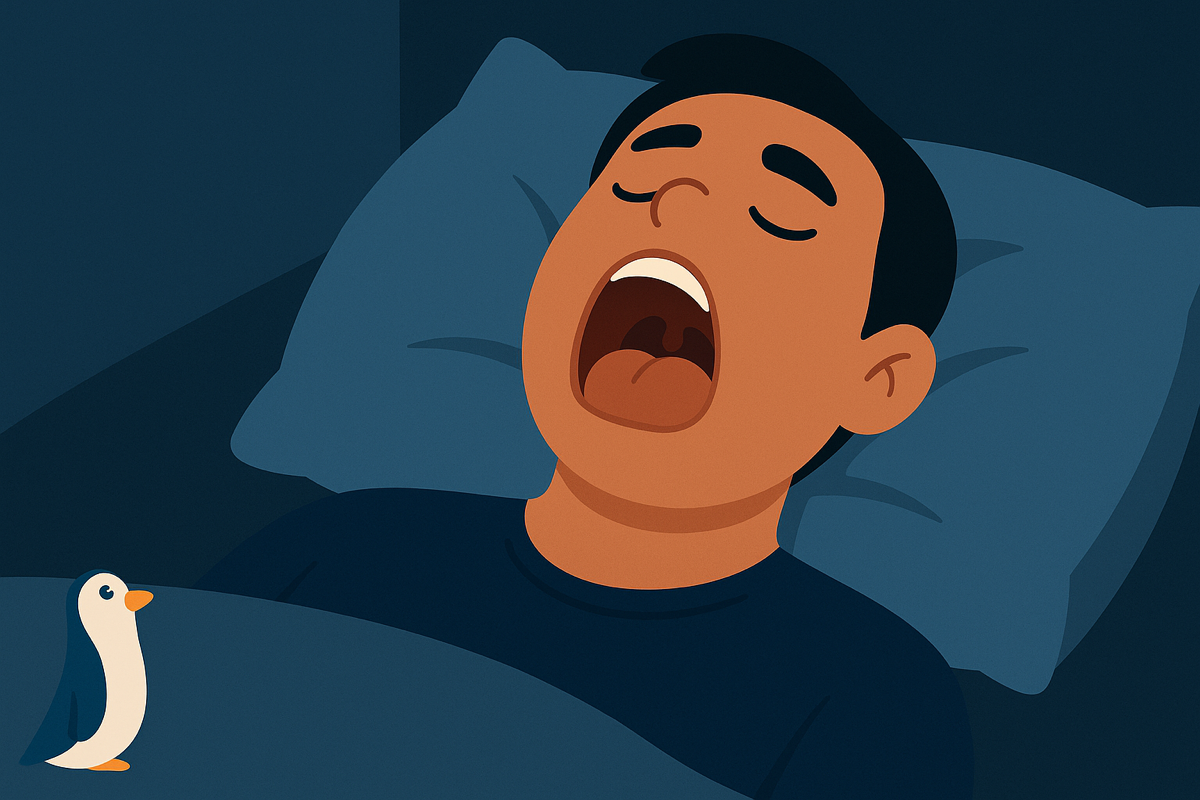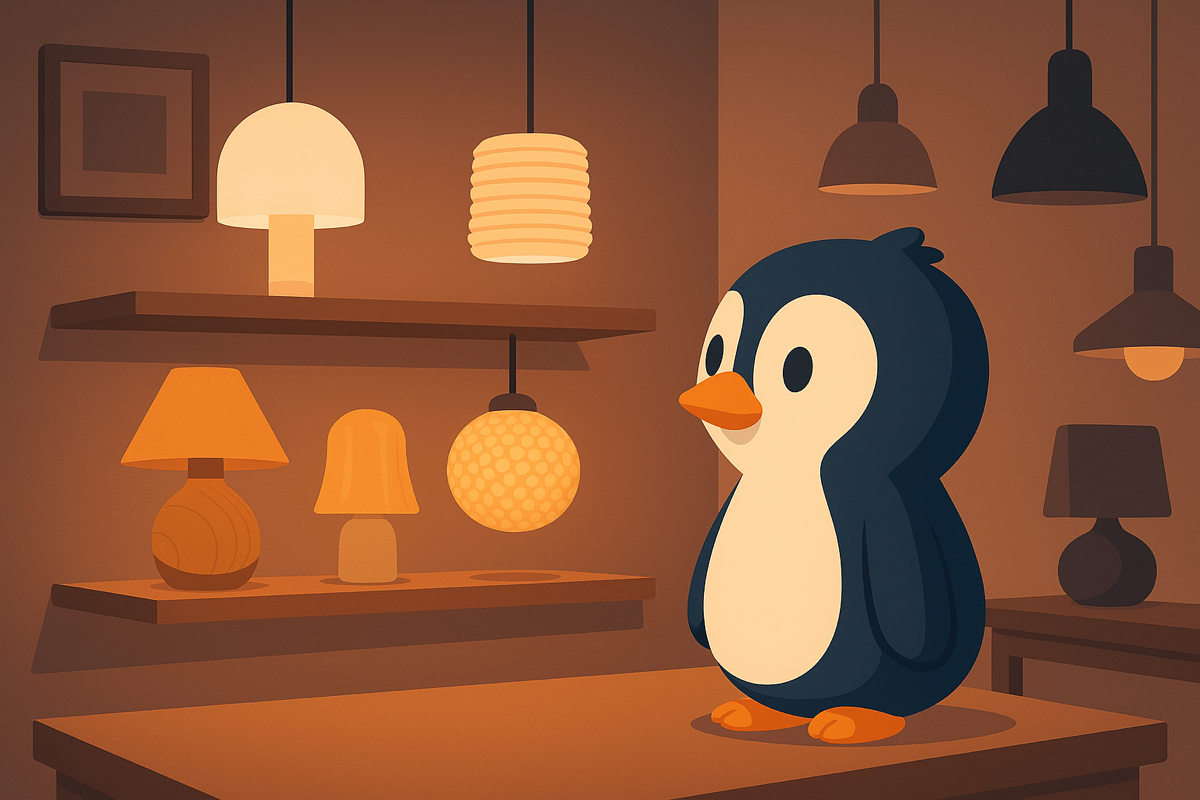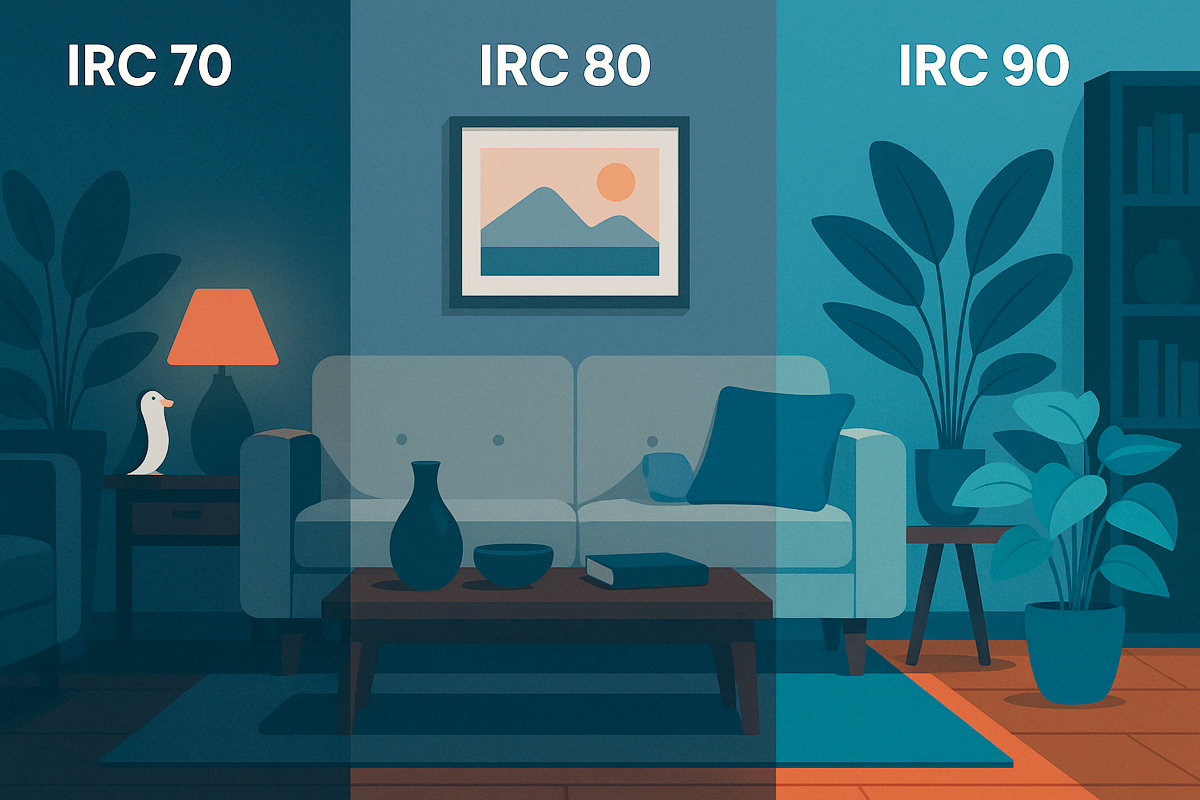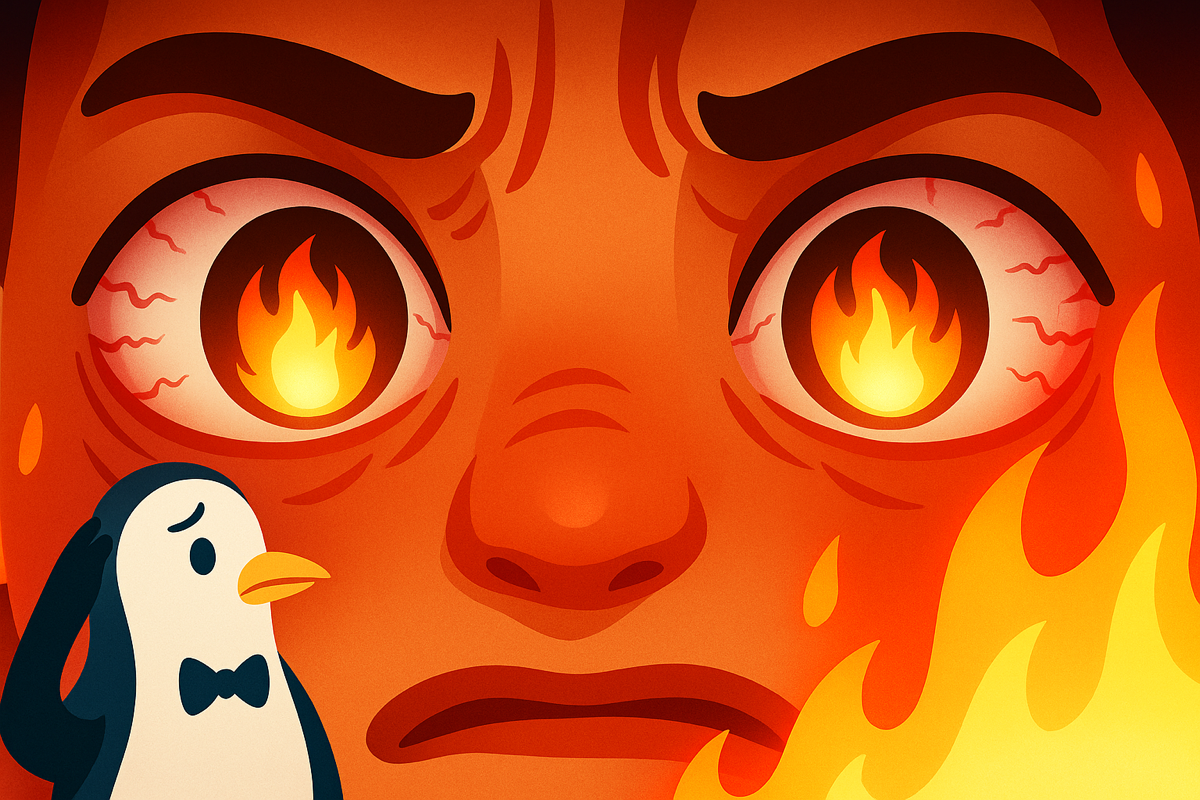Reading time: 4 min
In short:
Sleep apnea isn't just loud snoring. It's a disorder that interrupts breathing, fragments sleep, and fundamentally disrupts the body. Understanding the invisible signals—including light—can make all the difference.
📌 Summary
What exactly is apnea?
Sleep apnea is a breathing disorder that causes involuntary interruptions in breathing during the night. These pauses can last a few seconds to more than a minute, and sometimes occur dozens of times per hour. They are caused by a relaxation of the throat muscles that temporarily blocks the airways. To get a breath, the body reacts by waking up briefly—often without the person being aware of it. This disrupts the deep sleep cycle, which is precisely the restorative one. This is why even after a “full” night’s sleep, you can still feel exhausted upon waking. Snoring is common but not systematic: some cases of apnea are silent and go unnoticed for years.
This disorder primarily affects men over the age of 40, but it can also appear earlier or in overweight people. Factors such as alcohol, certain sleeping positions, or family history can aggravate symptoms. Yet, many cases are never diagnosed, even though the consequences can be serious for cardiovascular health, attention, memory, and mood regulation.
The consequences on sleep
What makes apnea insidious is its invisible impact on sleep quality. With each micro-awakening, the brain is torn from its deep cycle, preventing slow and paradoxical phases from establishing themselves permanently. Yet, it is these phases that regenerate tissues, consolidate memory, and repair the body. The result: even if you stay in bed for 8 hours, sleep is fragmented, chaotic, and ineffective. And the body reacts. Chronic fatigue, difficulty concentrating, irritability, morning headaches: all signs that something is wrong.
In the long term, the risk is more serious: hypertension, type 2 diabetes, and heart rhythm disorders. Not to mention daytime sleepiness, which drastically increases the risk of accidents. Sleep, supposed to be a refuge, becomes a source of physiological stress. This vicious cycle fuels other problems—weight gain, anxiety, inflammation—which in turn worsen sleep apnea.
The little-known impact of light
Among the causes discussed, light is rarely mentioned. And yet. Our biological clock depends on a precise light-dark cycle to produce melatonin, the sleep hormone. Light that is too bright, too cold, or poorly synchronized can disrupt this clock. The result: delayed sleep onset, reduced melatonin production, and less stable sleep. And therefore, more micro-awakenings, more vulnerability to disorders like apnea.
Conversely, soft light, well-timed to the circadian rhythm, can help you fall asleep and enhance the depth of sleep. It's not a "miracle solution," but it's a valuable tool for improving restful conditions. Even more so when you consider that the brain associates certain types of light with the end of the day. Reproducing this signal allows the brain to calm down naturally.
🎥 Consequences of artificial light on our sleep
How to relieve symptoms?
Severe apnea requires a medical diagnosis and sometimes respiratory assistance (CPAP). But in addition to or in milder forms, certain actions make a real difference. First: avoid alcohol, eat lightly in the evening, and sleep on your side. Second, optimize your environment. Circadian lighting helps the body respect its internal rhythms and naturally prepare for nighttime.
- Turn off screens at least 1 hour before going to sleep
- Install a warm, soft light in the evening
- Promote nasal breathing (open mouth breathing = apnea ++)
- Create a regular routine with fixed schedules
Laqi offers a Circadian Kit : smart bulbs + dawn simulator. The goal: to replicate the natural light cycle and give the body clearer reference points. A gentle yet powerful aid, ideal for incorporating into any anti-apnea routine.
💡 Discover the Laqi Starter Kits
💬 FAQ
How do I know if I have sleep apnea?
The most common signs: snoring, fatigue upon waking, daytime sleepiness, morning headaches. The only reliable way is a sleep test (polygraphy or polysomnography).
Can sleep apnea go away?
Sometimes, yes. Weight loss, quitting smoking, improving your lifestyle, or adopting appropriate treatment can make the symptoms disappear. But it remains chronic in many untreated cases.
Can lighting really help?
Yes. It does not replace medical treatment, but it can regulate sleep rhythms and enhance the natural secretion of melatonin, improving the stability of deep sleep phases.
When breath returns, life resumes
Sleep apnea isn't inevitable. By better understanding its origins, adapting your environment, and restoring natural cues like light, you can begin a journey toward full, deep, and restorative nights.
